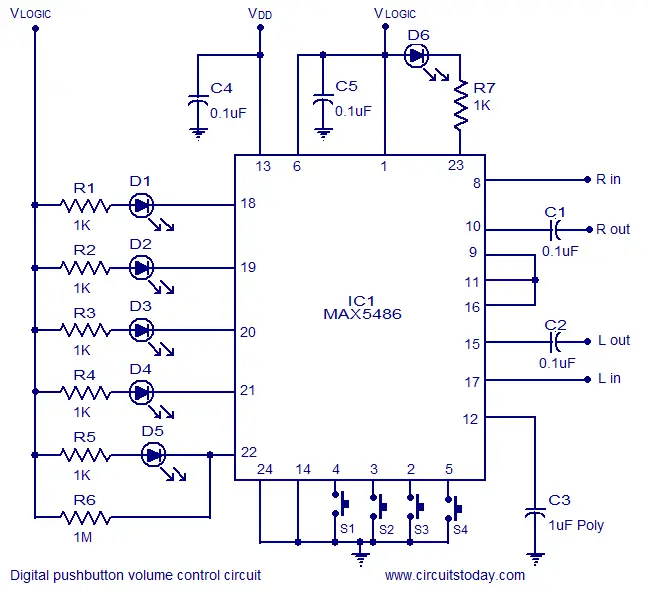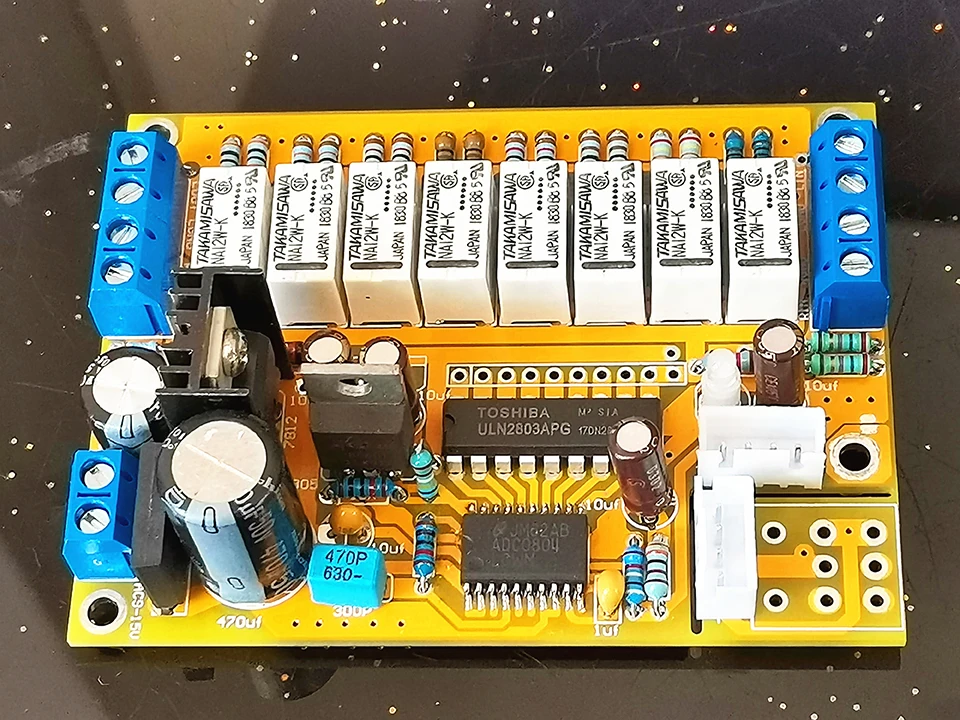We are often seeing and commenting on relay controlled volume controls and some peeps including myself have no idea how they operate so here's a thread on them. Here is a audio volume relay attenuator with IR control for more reference.

This circuit is similar to what is implemented in rotary-switch attenuators, and is in impedance behavior similar to a potentiometer.

Myself I am not sure how the relays are digitally switched and so discussion about that is welcomed. Ideas about resister types is good too. Any ideas are good.
This circuit is similar to what is implemented in rotary-switch attenuators, and is in impedance behavior similar to a potentiometer.
Myself I am not sure how the relays are digitally switched and so discussion about that is welcomed. Ideas about resister types is good too. Any ideas are good.






